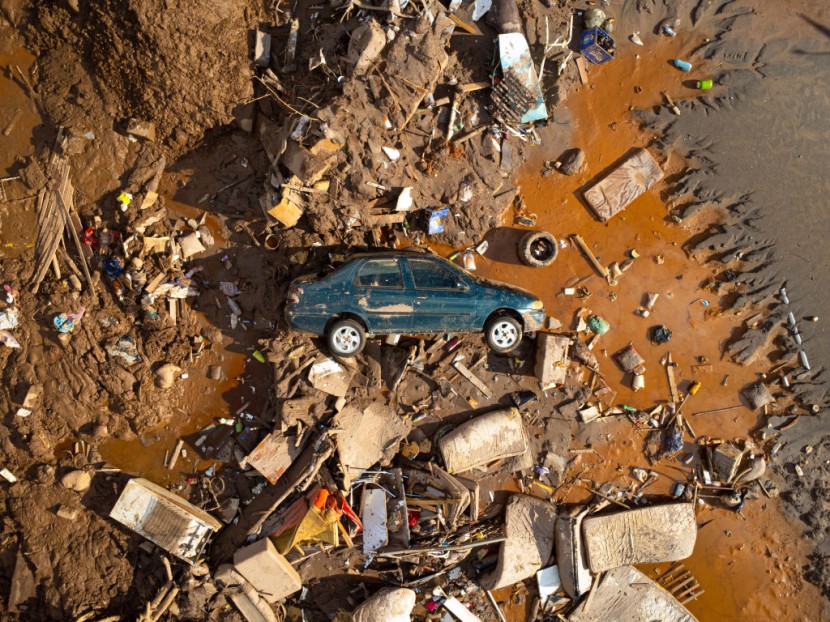
A catastrophic cyclone has unleashed relentless flooding in southern Brazil, devastating houses, stranding motorists in submerged vehicles, and inundating streets across numerous cities.
Authorities reported on Wednesday that this natural calamity has tragically claimed at least 31 lives and rendered approximately 1,600 residents homeless.
Southern Brazil Struggles Amidst Devastating Floods
According to Governor Eduardo Leite, the storm has devastated over 60 Rio Grande do Sul communities since Monday night, making it the deadliest cyclone event the state has ever experienced.
In a video shared on the state's social media platforms, Governor Leite stated, "The fly-over we just conducted demonstrates the magnitude of a truly extraordinary event." It wasn't just riverside communities that were affected; entire cities were also severely damaged.
Videos captured by rescue teams on Tuesday and published by the online news site G1 depict families pleading for assistance while stranded atop their flooded homes and surrounded by rivers overflowing their banks. Several regions have been effectively cut off from the outside world due to the transformation of broad avenues into raging rivers.
On Wednesday, Governor Leite verified that the death toll had risen to 31, and state emergency authorities reported that at least 1,600 people had been displaced. In the roughly 50,000-person city of Mucum, where rescuers encountered a horrifying scene, 15 bodies were discovered in a single house.
As soon as the storm subsided, residents found a heartbreaking trail of devastation along the riverbanks, where most structures had been ruthlessly swept away, leaving only the ground level behind. Images of a sheep dangling from an electrical line went viral, depicting the astounding height of the inundation.
"The water arrived very quickly; it was rising 6.5 feet per hour," Mucum resident Marcos Antonio Gomes said while standing atop a debris mound.
Not even attire, In light of Mucum's protracted crisis, the city hall advised residents to stock up on supplies for the next 72 hours, highlighting the uncertainty and challenges encountered by survivors. For Gomes, a 55-year-old businessman, this was the fourth time in the previous 15 years that floods had wreaked havoc on his home. He believed this disaster to be the worst and anticipated future inundation.
The majority of the tragic deaths caused by electrical shock or vehicle entrapment, according to the news website G1, occurred as a result of the cyclone's inundation. A sad account described a lady who perished while being swept away during a rescue attempt.
The Taquari Valley, located roughly 50 kilometers northwest of the state capital of Porto Alegre, is where the majority of victims and damage have been reported.
Southern Brazil Braces for More Rain and Flooding
However, on Wednesday morning, helicopters were dispatched to the Rio Pardo Valley to extend these operations further west. More heavy precipitation is anticipated to fall in the state's central-southern region, although it may spare the worst-affected areas.
The authorities have issued three flood warnings for the rivers Jacui, Cai, and Taquari, highlighting the ongoing danger. In June, a second cyclone struck Rio Grande do Sul, resulting in the loss of 16 lives and widespread destruction in forty cities, notably those surrounding Porto Alegre.
Dozens of people have perished, and thousands have been rendered destitute due to a cyclone-caused flood in southern Brazil. Undoubtedly, the affected communities' resilience and cohesion will be tested as they come to grips with the unprecedented scale of destruction.
In the aftermath of this natural disaster, emergency response efforts and support for those affected will play a crucial role in reconstructing lives and communities.




